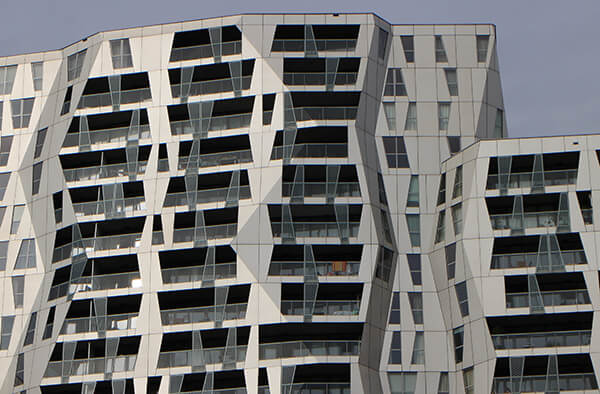Finding the right balance between time, money, and quality is important in project design and management. No perfect equation exists, as each client’s needs are different, and varied project specifications require slightly different approaches. At Angle Design, we find the right balance for every client, so they can achieve their desired project goals within a dedicated budget, and in timely manner.
From the onset of the design project, Angle Design will factor in the element of risk in our design scope, work out contingency options, and use our vast experience to assess and strategise delivery processes that are successful, on target, and within budget.
Angle Design’s project management style is ultimately about leading a project. As we begin work on a client’s design, we use our surplus of resources and experience to develop a brief. After we collaborate with the client and various design professionals, we action a plan and lead the design. Throughout the course of the project, our team at Angle Design makes value-based decisions at key points to promote design and construction efficiency, cost-effectiveness, compliance and optimal results.
Towards the start of construction, it is important that we obtain funding and gain all necessary approvals to ensure that the project can be completed both financially and legally. At Angle Design, we also choose a suitable builder to work with the builder of choice and oversee the construction. Having multiple builders work on the construction site ensures that each fulfill their obligations under the contract, and time-efficiency is increased and errors minimised.


"Every project is different. A project manager needs to be receptive to different client and site needs whilst considerating approval requirements, builder scope and market conditions."


Angle Design Project Management
The Project management of commercial design projects involves overseeing all aspects of the project, from start to finish, to ensure that it is completed on time, within budget, and to the satisfaction of the client.
Key steps in project managing commercial design projects include:
- Developing the project scope: This includes defining the project's goals, objectives, and deliverables, and outlining the project's constraints and dependencies.
- Creating a project plan: A detailed schedule is developed. This outlines the resources needed, and identifies the key milestones and deliverables.
- Managing the project team: The project team – including architects, engineers, consultants, and contractors – is recruited and managed, and it is ensured that all professionals have the resources and support they need to complete their tasks.
- Managing project risks: Potential risks are identified and assessed, and risk management strategies are developed and implemented throughout the project.
- Managing project finances: This includes developing a budget, tracking expenses, and ensuring that the project stays within the designated budget.
- Communicating with stakeholders: This includes keeping the client and other stakeholders informed about the project’s progress, and addressing any concerns or issues that arise.
- Managing project quality: It is ensured that the project is completed to the highest standard, and all deliverables meet the client's specifications.
- Managing project closeout: All final documentation is completed, a project review is conducted, and a lesson learned session is organised.
At Angle Design, we use our customised project management system that is useful in tracking and monitoring the project's progress, milestones, and budget. We have exceptional skills in project management, working to industry standards, and implementing government regulations.
